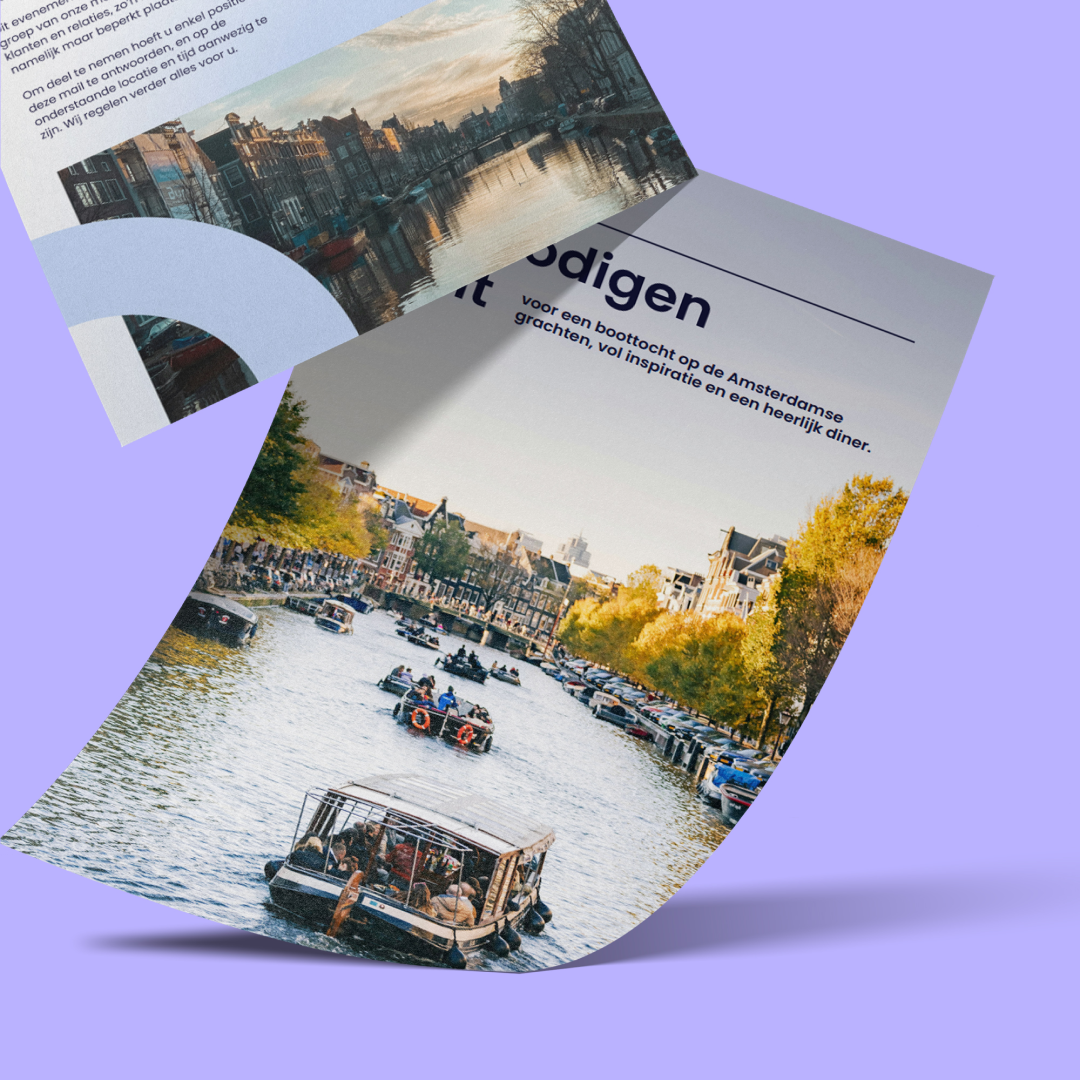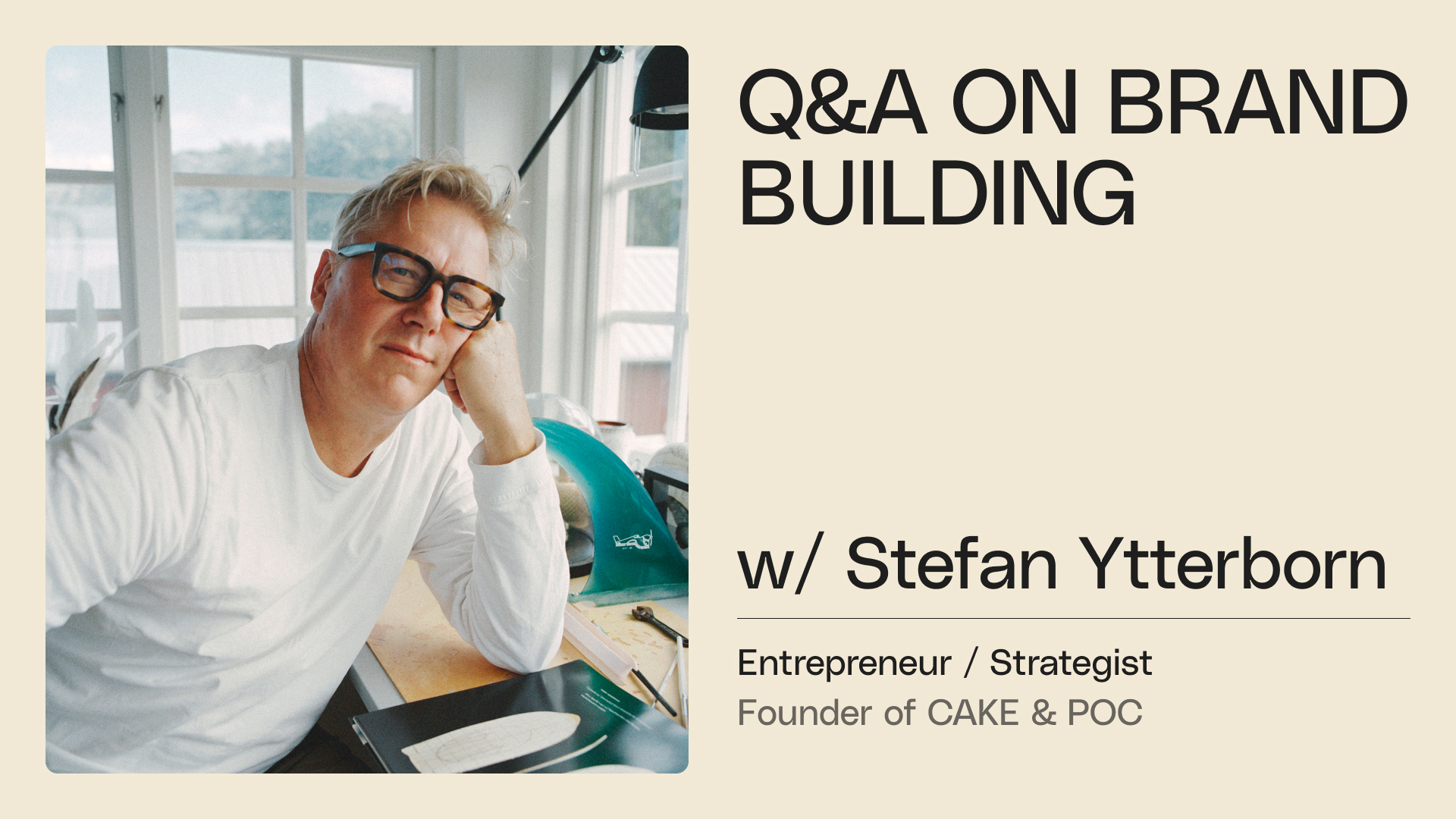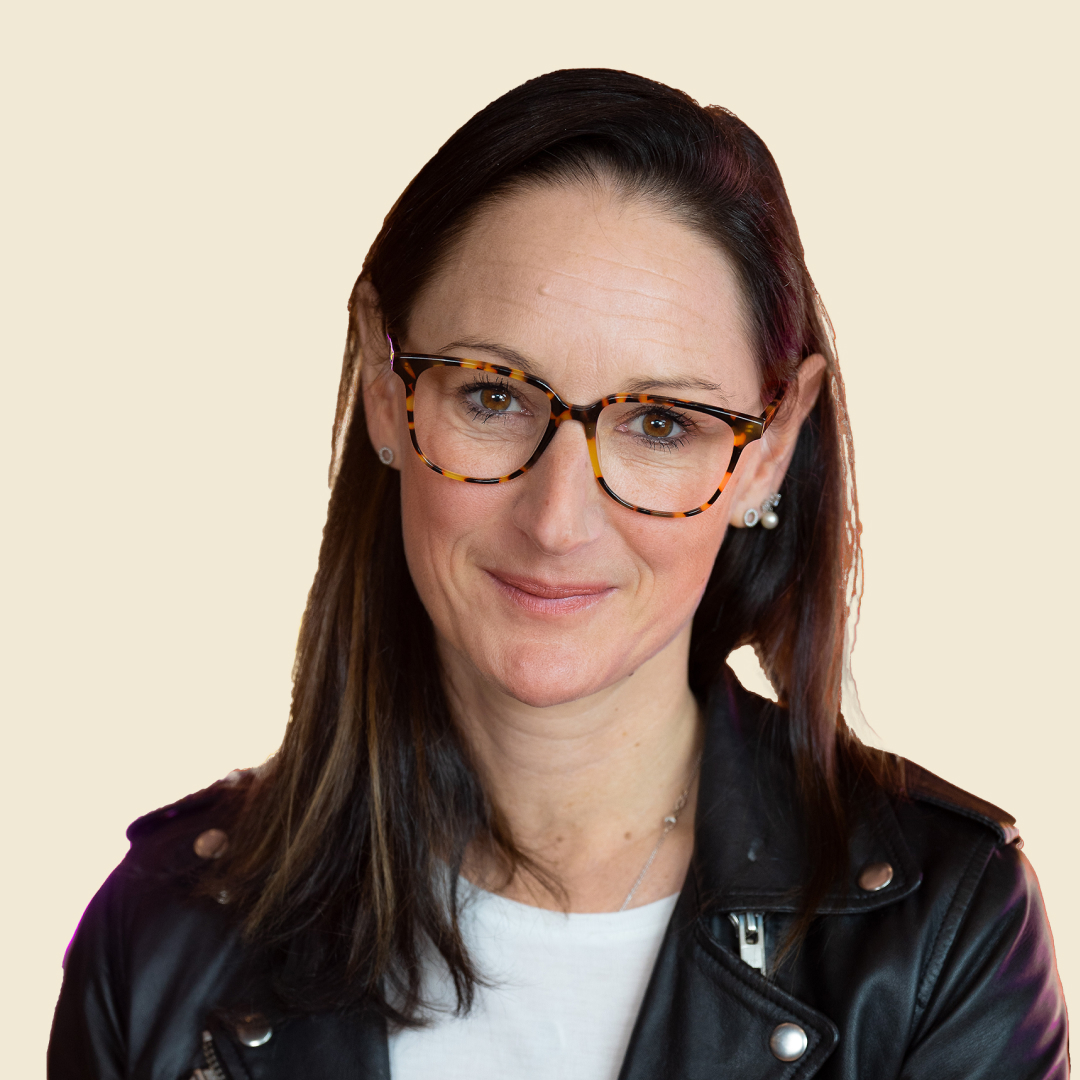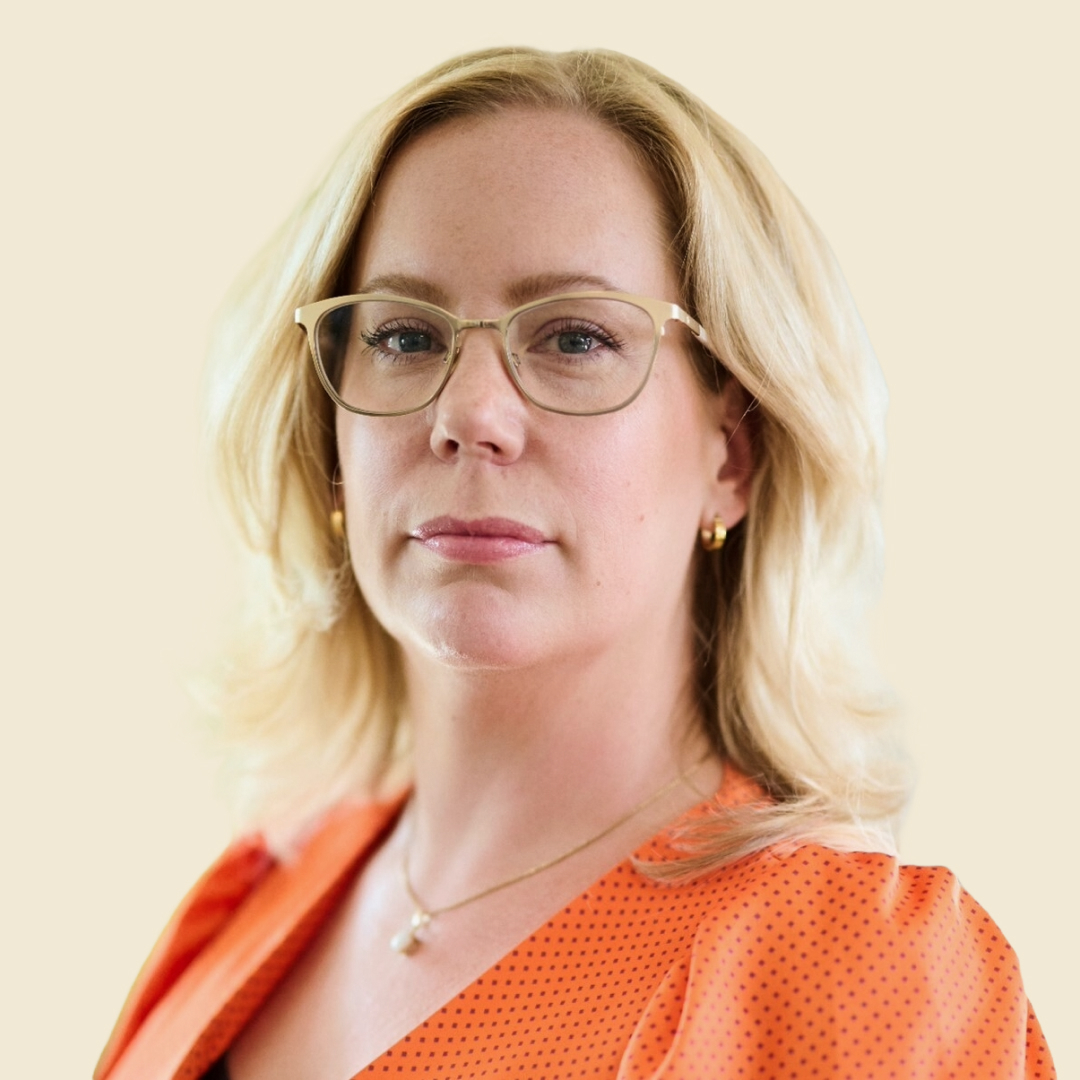The in-house trend in marketing has been dominant for many years. In a growth-oriented world with ample access to capital, the benefits have outweighed the cost, but what happens now that the economy is changing rapidly?
Klingit has interviewed CMOs to get their views on future marketing departments and what happens to the in-house trend when demands for healthy marketing costs and profitability increase. The in-house movement has become so strong due to several advantages these teams provide, which was brought to light in the interviews.

Advantages
Speed: Firstly, in-house teams have shorter contact and decision paths. This contributes to increased speed, which has become central to being relevant as a brand in this digitalized world.
Control: Secondly, it becomes easier for the CMOs to maintain control and ensure consistent communication in all channels. An in-house team has a deep understanding of the brand, stands for continuity, and has access to data that external partners often lack. It also becomes easier to push through and consolidate new strategies with a team gathered within the organization. Another advantage is that hiring has been more cost-effective than using expensive traditional agencies.
Challenges
However, building large in-house teams also comes with several challenges.
Staffing levels: The first challenge is to ensure appropriate staffing levels. As the production of market material often varies, companies risk having overcapacity and unnecessary costs during certain parts of the year. At the same time, they can have an excessively high workload during other parts. Having teams of permanent employees also means that rapid changes need time to implement. Ongoing requirements within the organization from support functions like sales, branding, and innovation also require in-house support but are often a low priority due to the in-house team’s focus on external marketing. These support functions also usually require material with short lead times, which creates additional challenges. As these needs are extremely difficult to predict, a correct staffing level for the in-house team is even more challenging to secure.
Team lineup: The second challenge is keeping the skills lineup correct over time. Design has developed into several areas of expertise, ranging from illustration and motion media to UI, 3D, and more. Each one is a specialized professional field. Having all these areas of expertise in-house requires large teams and ongoing investments in competence development. Something unprofitable for many companies. As an alternative, relying entirely on broad generalists within the team is generally not enough, and finding those who master all areas well is extremely difficult.
Competences: A third challenge many marketing managers raise is attracting and retaining creative talent. Several companies have shown it is possible to attract the very best creators to in-house teams, e.g. Oatly and Klarna, but it remains problematic for many companies. In cases where you succeed in attracting talent, the problem is retaining them, as ongoing production lacks the variation and creativity that designers crave. Recruiting specialists in a limited market, as in Sweden, is also problematic due to low availability.
The challenges connected to staffing levels, team lineup, and competencies also become more tangible in times of uncertainty or where the ability to change quickly and produce high-cost efficiency becomes increasingly important. It is precisely these factors that many CMOs in our interviews see as driving a trend shift linked to in-house and that you need to equip your organization in a different way going forward.

What comes after?
The market organizations forming now seek an increased balance between flexibility and longterm focus. In-house will continue to be an essential component, but more forms of cooperation than just employment contracts will be required, and external collaborations will gain increased importance.
Many call it an intelligent marketing organization where each competence required for marketing has its own form of cooperation and terms. How this looks in practice is determined by the company’s phase, be it a startup, scaleup, established, and so on, plus the overall business goals.
Smart organizations
Characteristics of a smart organization have three layers which are administered as follows:
- Strategic core – Strategic and planning competence: This includes budgeting, planning, strategy, analysis, follow-up, competitor analysis, and brand positioning that need to be in place. The guide for planning work going forward takes place in-house with an increased convergence between marketing, sales, and IT.
- In-house: This includes things often identified as continuous needs, such as conceptualization, graphic design, web development, social media marketing, and copywriting. We see the foundation of this part primarily provided by employees and in-house teams in larger organizations. In smaller companies, it is often held together by just one marketing manager, or similar, who relies entirely on an external “extended team”, as described below.
- Extended team: For the increased ability to quickly handle changing needs or peaks and to access specialists when required, we see smart marketing organizations adding an external layer to complement their in-house team.
This extended team functions as an extra gear and buffer in the organization, which can scale up and down quickly depending on need. It also allows the opportunity to outsource pure production design to more cost-effective resources. This frees up time for the in-house designers to focus more strategically. Given the demands for speed, and the desire to maintain the brand identity in many channels, this layer increasingly comes in the form of an “embedded agency” setup. Alternatively, hybrid solutions can be utilized, where external partners work long-term as an integral part of the existing in-house team.
A vital component of this third layer is the specialists. They can be creatives in, for example, motion graphics, 3D, UX, UI, branding, and presentation design or channel experts. In many companies, it is impossible to justify the cost of having these specialists as full-time employees. However, they are required from time to time to enhance the design and overall impression of the brand and ensure high quality.
Based on our interviews, the extended team solution will increase in relation to the number of in-house employees in direct response to increasingly pressured market budgets and the growing demands for flexibility.
A new option
Incurring more fixed costs by hiring an in-house team will be difficult for many companies. Bringing in expensive traditional agencies as your extended team can also become too costly. On the other hand, building your extended team from freelance networks or platforms risks not maintaining the continuity, quality, and brand awareness required to deliver at the high speeds needed. In addition, it is time-consuming to source and recruits the required freelance skills.
Going forward, we see a new fourth model taking hold that combines the continuity and quality traditional agencies can provide with greater speed and cost-effectiveness. Klingit has developed a design-on-demand service giving companies access to a dedicated project manager. This ensures close communication, on-brand deliveries, and a complete design team with specialists in each area. The model is subscription-based with a fixed, transparent monthly cost based on your chosen capacity level, which can easily be scaled up and down. Through a global team and efficient processes made possible by our proprietary CreativeOps platform, it is also a cost-effective solution. In the past year, demand for this service has increased sharply, both to complement existing teams or as a complete “in-house team” for smaller companies.
This move towards working with flexible extended teams places greater demands on in-house workers to think strategically and act as clients. In return, the possibility of getting significantly more benefits from any given budget also increases.











